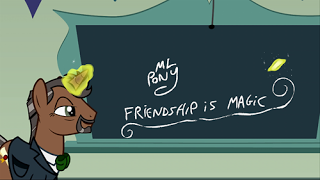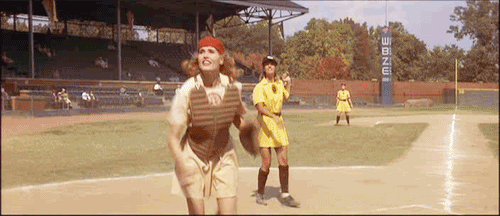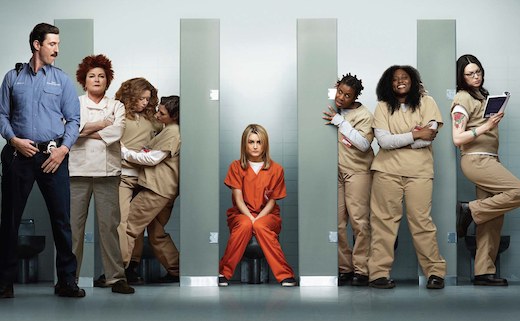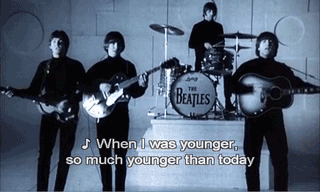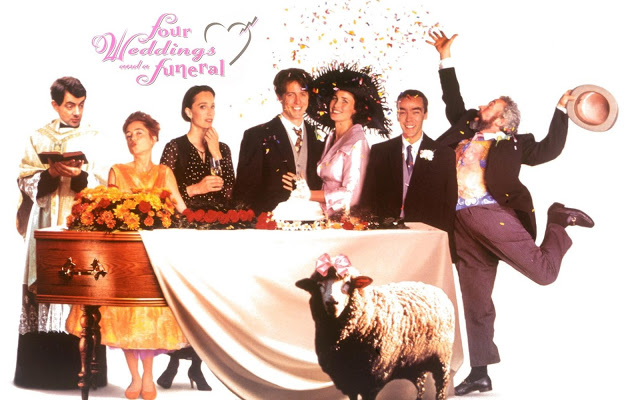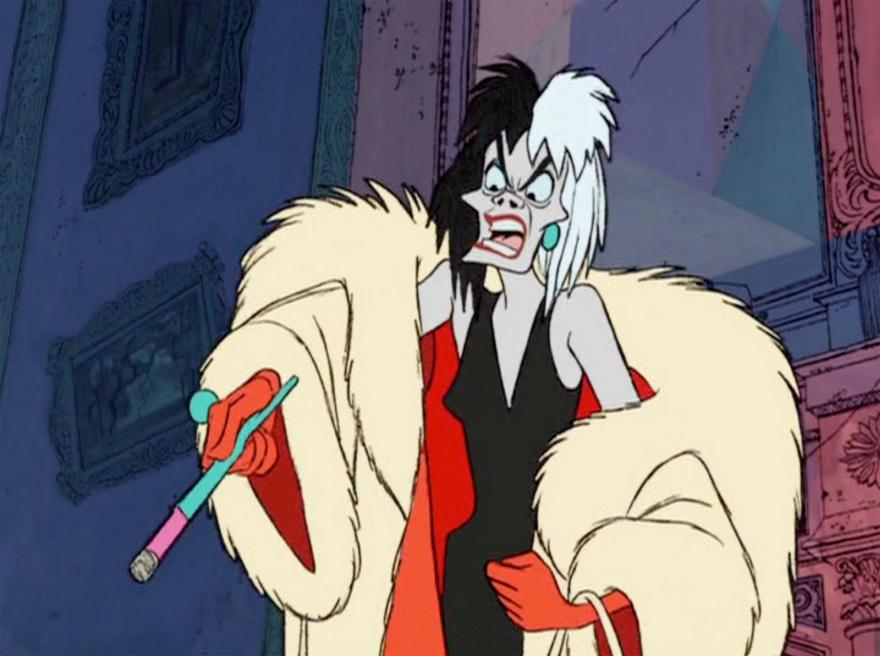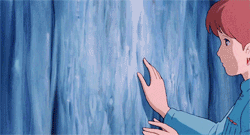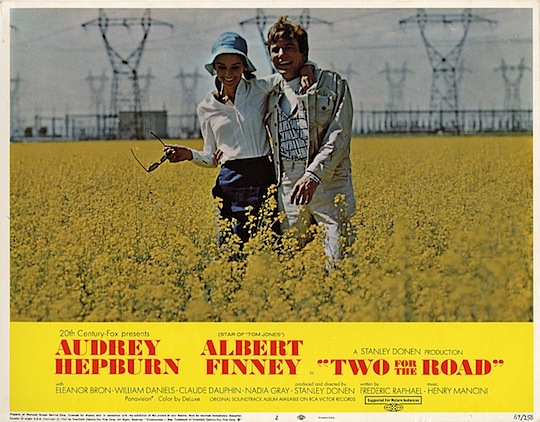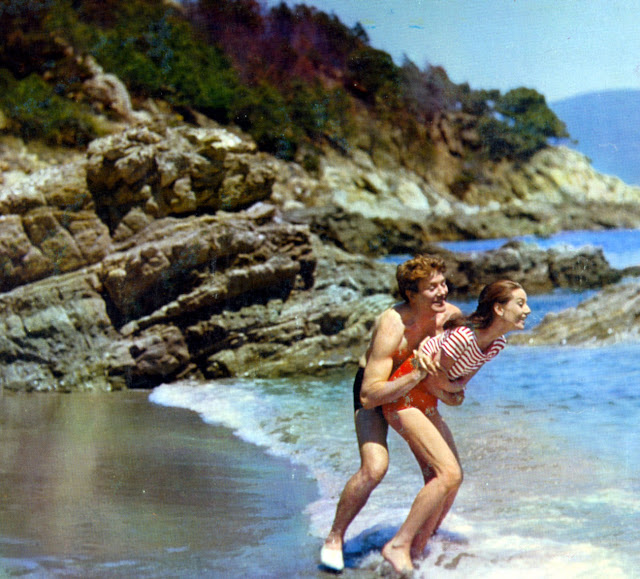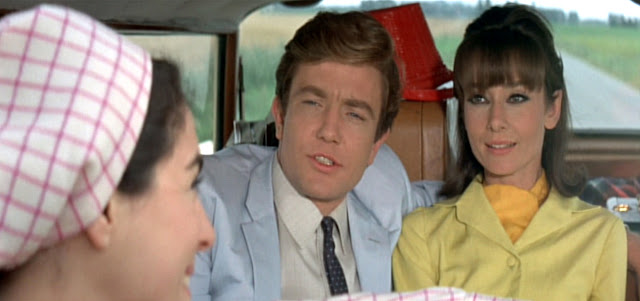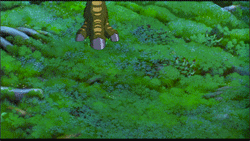 |
| Professor Pony educates the audience about “My Little Pony: Friendship is Magic” |
Written by Myrna Waldron.
I watched My Little Pony: Friendship Is Magic for two seasons. It’s a genuinely good show, with influences from Powerpuff Girls, Sailor Moon, and other television intended for young girls. It occupies an important cultural spot, since we all know just how hard it is to find well made, well written and non-condescending entertainment for young girls. Having been born in the mid-80s, I did watch at least one of the earlier generations of My Little Pony, but all I can really remember of it was that I found it pretty saccharine, (and I couldn’t have been older than 5 at the time, so that’s saying something). Lauren Faust, the original creator for MLP: Friendship is Magic, is a self-proclaimed feminist, who explicitly intended to create a series depicting female friendship. So thumbs up to the show just based on that.
Unfortunately, on the internet, the show isn’t really known for its quality. Nope, it’s known for its vocal teen/adult male fanbase. I commend these adult male fans (known as “Bronies” – bro + pony) for being willing to ignore traditional gender roles, and appreciate a show aimed at young girls, for what it is. “Bronies: The Extremely Unexpected Adult Male Fans of My Little Pony” is a feature-length documentary exploring these fans (and was financed by them via Kickstarter), and was executive produced by Lauren Faust (the series creator), Tara Strong (VA for Twilight Sparkle, the main protagonist) and John de Lancie (VA for Discord, a Q-like villain in the first two episodes in the 2nd season). de Lancie’s intent with this documentary was to provide a contrast to the strongly negative media depiction of Bronies and depict them positively. This documentary was also intended to serve as an introduction to the fandom for those unfamiliar with Bronies.
Unfortunately for them, I’m already familiar.
I honestly tried to come at this documentary with an open mind, knowing that much of the negative media attention is directed at Bronies simply because they are men who like a thing intended for little girls. I know a few Bronies and consider them friends, so I’m well aware that many Bronies are perfectly decent people. It’s also not really THAT rare for adult men to like cute things for little girls. Hell, go into any anime convention and you’ll stumble over guys like this everywhere you go.
But it’s very hard to shake my generally negative opinion of Bronies – at least, my negative opinion of the bad ones. And there are a lot of bad ones. The fandom started on notorious forum 4chan, when the first fans decided to watch the show as a joke and ended up loving it. 4chan is a hive full of racism, sexism, ableism and just about every other “ism” you can think of (mainly because posts are automatically anonymous – anonymity turns people into assholes so easily), so it’s not surprising that there are some shitty people amongst Bronydom. A few months back on Tumblr, someone asked me to explain why I have a generally negative opinion of Bronies. I am yet to see any sort of improvement on that front, and every time I speak out against shitty Bronies on Twitter, someone always inevitably replies to my tweet and complains that “We’re not ALL like that!” as if I wasn’t aware. Not one of them has ever said to me, “Yes, there are a lot of terrible people. And if I see someone acting like that, I’m going to call them out on it.” It’s always defensiveness rather than proactive behaviour to genuinely try to improve Bronies’ reputation.
This film sets out to present Bronies as decent people who are inspired by the show’s messages of friendship to be kinder, friendlier, and more accepting of people. Okay, great. I’m all for that. But this film is unfortunately borderline propaganda, because there are some editorial decisions that blatantly come off as disingenuous to anyone who actually pays attention to the media they consume. As I said after finishing my livetweet of the film earlier this week, this film would have been so much better if it were honest. It tries so hard to solely present Bronies as great people that it’s just insulting. It’s been a long time since documentaries had any sort of obligation towards objectivity, but there’s a limit.
THE GOOD:
- I genuinely liked the Bronies they decided to interview for the film. I sympathized with how each one felt like a social outcast before discovering the series, and how much they appreciated how the fandom introduced them to friendships they never would have had otherwise. I was expecting to want to loathe these guys, (especially since within a minute of the film’s beginning there was already a stereotypical fedora) but, I didn’t.
- A main objective of the film was to demonstrate how the series inspired creativity from its fans. “The Living Tombstone”’s music didn’t do a thing for me, but I could see why people liked it. There was one Brony who created custom laser shows, which were really cool. The lone female Brony (or Pegasister – more on her later) they interviewed also creates custom figurines for the characters. There’s an enormous amount of talent shown here, and it’s great that they found something that inspired them.
- Two teenage Bronies who were extensively interviewed (one from Bar Harbour, another from England) have wonderfully supportive parents. The parents admit they don’t completely understand their children’s hobby, but they did what they could to make their sons happy. The Bar Harbour Brony’s parents actually came with him to BronyCon, and his father had an extensive conversation with another father of a Brony, and ended up enjoying the show when he finally sat down to watch it.
- The English Brony also happens to have Asperger’s, which is depicted fairly here. Much of his “storyline” is concerned with his solo trip to the UK Brony convention in Manchester, and how he was trying to avoid as much social contact with others as possible until he got to the con. I wondered how this was going to work, since if he was too petrified to even ask for directions, how was he going to handle interacting with hundreds of strangers in an enclosed space? The happy ending to this was that he realized that asking strangers for directions was no big deal, and having met tons of other like-minded people, it gave him confidence he’d never had before. The latter event didn’t surprise me, as I’ve seen lots of introverted people blossom into confident and exuberant people while at geek cons. The drawback to this, though, was that they regressed back to their “usual” selves once they were back in the real world.
THE BAD:
- Another teenage Brony, this time from North Carolina, had ordered some pony decals which he’d put in his car’s rear windshield. Unfortunately, a gang of rednecks accosted him while he was driving, and started bashing up his car with baseball bats and tire irons, and smashed in the rear windshield. This was a borderline hate crime, since the rednecks demanded that he give up his “gay Pony shit” (if I’m quoting them correctly). This was awful enough to hear about, but how the Brony decided to deal with this incident made me feel a further combination of sadness and anger. Instead of telling his father the truth, he told him that he’d gotten into an accident. He also did not report this crime to the police. I can certainly sympathize with how ashamed and mortified he must have been feeling, but his lying probably cost his parents extra in insurance costs, and allowed those rednecks to go on to attack someone else. He lives in a small town – he wasn’t obligated to report the crime, but he would have had an easier time than others identifying the perpetrators. I fear for those rednecks’ next victim, because I know there will be one.
- More than a few of the Bronies were willing to lie to their parents about their hobby. And I see this as a failure on the parents’ part, because they should be willing to accept any of their children’s interests and not immediately jump to the “He’s gay/He’s a pedophile” conclusions. If there’s that little trust over merely liking a children’s television show, something’s broken there.
- Near the beginning of the film, a “Professor Pony” (who is implied to be de Lancie’s character Discord in disguise) gives a quick run-down of the previous generations of My Little Pony. And bashes every single one. There were fans of the earlier generations of the show before Bronies came along. And he just insulted them. Film, meet finger. It was played off as comedy, but he actually refused to discuss the third generation of MLP entirely. The Professor Pony is supposed to be giving facts, not opinions. That whole “LOL the previous generations sucked” thing just put a bad taste in my mouth.
- At no point did any of the fans discuss how they felt about the characters, their interactions, go in-depth about the messages of the show, etc. It was all “This show is good and it makes me want to be a good person.” None of them talked about how they gained a new appreciation or respect for girls/women. It was only a writer on the show who expressed that she liked that Bronies were learning that girls/women are capable of doing awesome things just as much as boys/men are. I would have liked to hear that from a BRONY.
THE UGLY:
- I get that the film was about the unexpected male fans. But to ignore the female fans for a show intended for GIRLS was just insulting. There were two “Pegasisters” interviewed: “Purple Tinker,” the founder of BronyCon (so, not an average fan) and Nadine, a fan from Germany. Wanna know why Nadine was interviewed? Because she met her future fiance at a Brony meetup. (facepalm) And she was the fan designated to bring cupcakes to this meeting. (double facepalm)
- And it got worse. Midway through the film, a quartet of female ponies interrupted the Professor Pony and angrily pointed out that Pegasisters contribute to the fandom too. Professor Pony stutters that “Girls liking ponies is expected.” And…then no examples of the Pegasisters’ creative efforts are explored, beyond Nadine’s figure sculpting. SERIOUSLY? A few female fans are interviewed at BronyCon, but NONE of them are named. Not one. Not even the one who discussed how the show helped her cope with cancer treatment. If I were a Pegasister I would have been insulted.
- The subtitles used for some of the dialogue were inconsistent and even condescending/insulting. “The Living Tombstone,” a musician Brony from Tel Aviv, had every one of his lines subtitled, even though he was speaking ENGLISH. And his accent wasn’t that strong. I understood what he was saying just fine. Nadine’s stepfather was expressing a negative reaction to MLP and his stepdaughter’s hobby, but his words were not subtitled. For god’s sake, do they think the audience is stupid? His body language was angry/exasperated, and I understand enough German to know he wasn’t saying good things. Crap like that is why I consider this film borderline propaganda.
- The Professor Pony briefly references fanfiction shipping and “clopping.” Clopping is masturbating to Rule 34 porn of the characters, sort of like “yiffing” for furry porn. But although the class halts and looks horrified, the Prof just skates right past the reference and ploughs on. Yeah, no. If they’re going to comedically reference the darker side of the fandom, it’s disingenuous to deliberately ignore it.
- And that is my biggest issue with this film. It’s dishonest. It doesn’t acknowledge the racist, misogynistic, pedophile, homophobic, transphobic etc ponies. Purple Tinker is a transwoman, but they never discuss the hatred some Bronies have thrown at her. They don’t discuss the torrents of Brony abuse that was thrown at fanartist yamino because of the mistaken belief that she had something to do with Hasbro changing the in-show depiction of fan character “Derpy Hooves.” (I JUST checked her deviantART page and someone had actually posted a comment within the last few days saying “You killed Derpy. I hate you.” Oh my god.) Speaking of Derpy, they show her in the front row of the university scenes, but they don’t discuss her at all. Probably because she’s a creation that is ableist as hell and the producers know that if they bring that shit up it’ll make Bronies look bad.
There is merit in pointing out that there’s nothing wrong with adult males liking a well-made show for young girls, and there’s definite merit in trying to break down the gender barriers of entertainment. But I don’t like many of this documentary’s editorial decisions. If I were a Brony, I would have felt uncomfortable that each one who was interviewed was a social outcast, which perpetuates a nasty stereotype. If I were a Pegasister, I would have been insulted at how little the producers valued my contributions to the fandom. As an outsider with a large amount of familiarity with the series and its fandom, I’m insulted at how stupid the producers appear to think their audience is. If this is supposed to change public perception of Bronies, it’s doing a terrible job.
—-
This will be my final column for Bitch Flicks, at least for now. As I mentioned earlier this summer, my chronic illness is making it more and more difficult for me to write, and to keep to a regular schedule. I do not intend to stop blogging, but any future posts from me will be on my personal blog and will not be subject to any kind of deadline. (I may cross-post some of them however) The last few months have been much too stressful for me, and my condition is so unpredictable. I had to make a tough call, and reluctantly decided to walk away. But this is an “indefinite hiatus” as opposed to a “goodbye forever.”
I am tremendously grateful for the opportunity to share my thoughts with like-minded feminist film fans, and I’m grateful to every person who reads my work. I am hoping that someday my fibromyalgia will go into remission and I can go back to regular blogging, but for now, I have to put my health first.
Thank you.
